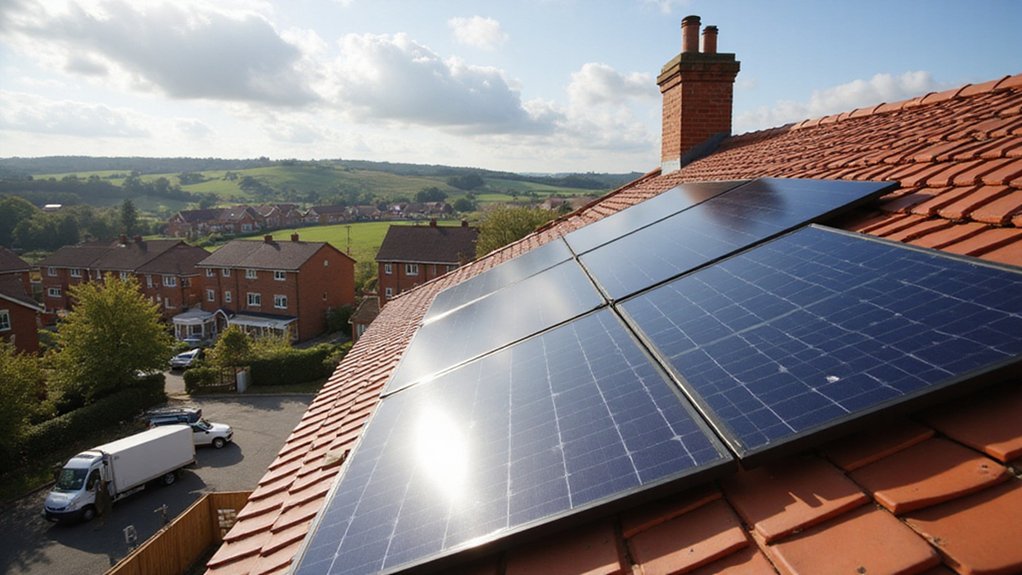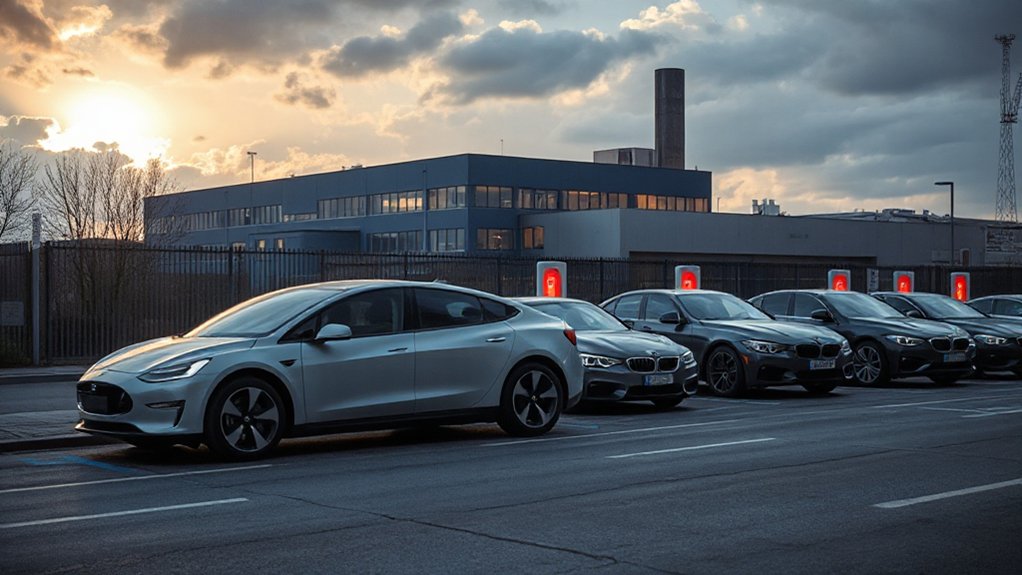Congress is challenging California’s unique authority to set stricter electric truck standards than federal rules. The state recently withdrew its Advanced Clean Fleets regulation request after a 15-month delay from the EPA. California maintains this power is essential for reducing pollution in communities near ports and highways. Industry groups worry about costs from varying state regulations. The debate highlights tensions between state environmental leadership and federal oversight of national transportation policy.
A growing number of federal lawmakers are challenging California’s special authority to set its own electric truck standards. The debate centers on California’s unique legal right to get EPA waivers that let it create tougher vehicle emission rules than the federal government requires.
Congress is now reviewing three EPA waivers that allow California to enforce stricter clean transportation policies. Many lawmakers question whether one state should effectively set national standards through its special waiver power under the Clean Air Act.
This scrutiny comes after industry groups raised concerns about the costs of following different rules across states. Some in Congress now want to limit or revoke California’s longstanding ability to enforce electric truck mandates.
At the heart of this fight was California’s Advanced Clean Fleets regulation. The rule would have forced large truck fleets and port trucks to switch from diesel to zero-emission vehicles. It would have affected businesses with more than 50 vehicles or making over $50 million yearly.
California’s fleet rule would have mandated diesel trucks switch to zero-emission, targeting large companies with 50+ vehicles or $50M+ revenue.
On January 14, 2025, California’s Air Resources Board withdrew its request for an EPA waiver for this program, stopping its enforcement plans. The state also pulled back three other major waiver requests, citing EPA delays and political pressure. The Biden administration had not acted on California’s Advanced Clean Trucks regulations request for over 15 months before the withdrawal.
California sees electric trucks as key to cutting both greenhouse gases and local air pollution. These initiatives are crucial considering diesel vehicles cause twenty times higher health damage than electric alternatives. Diesel emissions hit nearby communities hard, especially in areas around busy ports and shipping centers.
The recent cancellation of $364 million in federal awards further complicates California’s ability to support electric truck adoption in the state.
Despite this setback, California still has EPA approval for its passenger car rules requiring all new vehicles to be zero-emission by 2035. It also has waivers for truck engine standards that cut nitrogen oxides by 75% and particulate matter by 50% by 2035.
The fight highlights tension between state and federal powers in environmental law. While California wants to lead on climate action, federal lawmakers and industry groups worry about the economic impacts of having different rules across America.
References
- https://www.latimes.com/environment/story/2025-02-02/forum-mobility-bullish-on-electric-big-rigs-despite-political-setbacks-heres-why
- https://www.politico.com/newsletters/california-climate/2025/04/24/californias-compounding-electric-truck-woes-00309028
- https://www.hansonbridgett.com/publication/250226-2340-clean-air-act-waiver
- https://calmatters.org/environment/2025/01/trump-california-withdraws-diesel-clean-air-rules/
- https://landline.media/california-pulls-the-plug-on-electric-truck-mandate-for-large-fleets/








